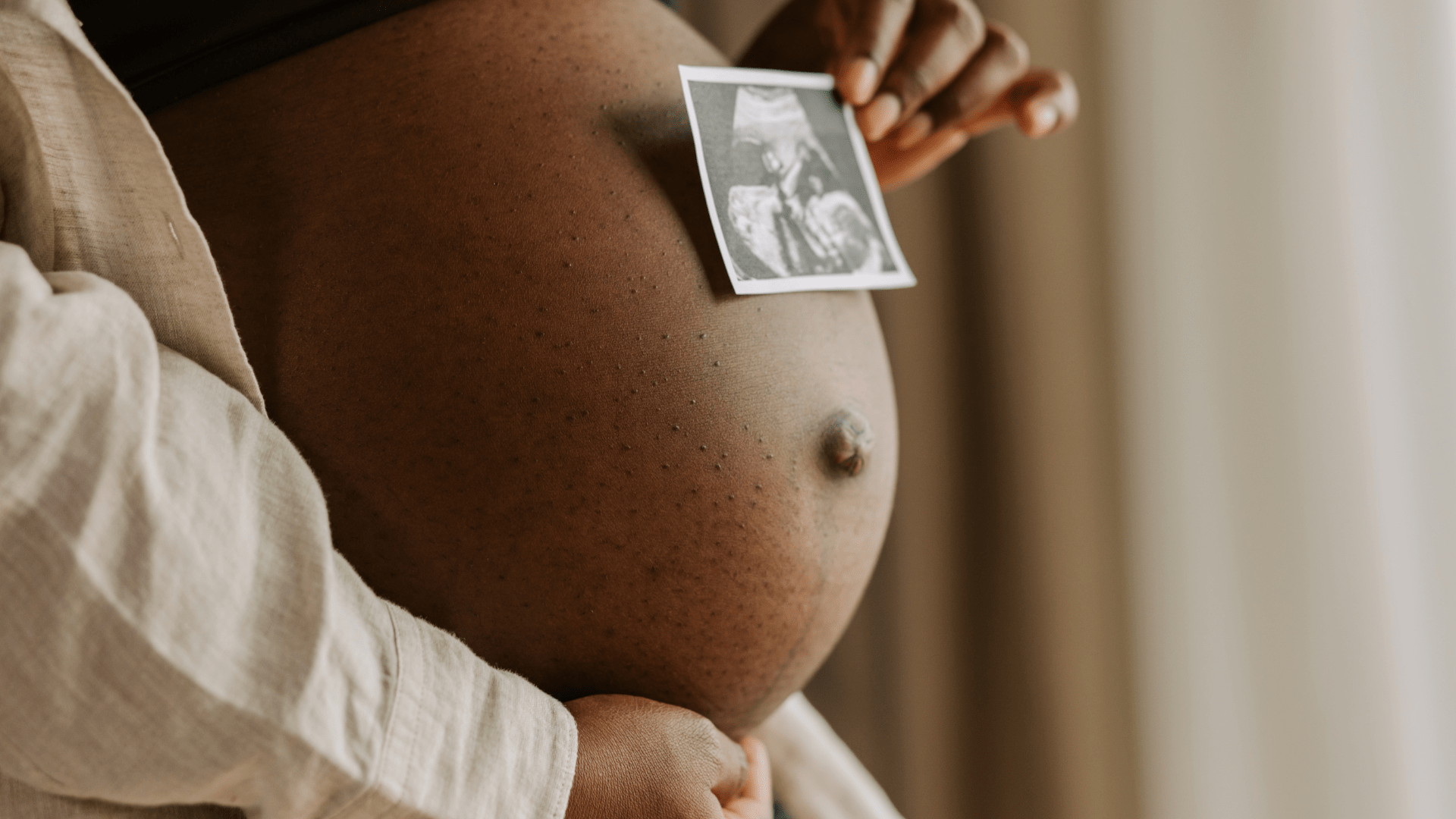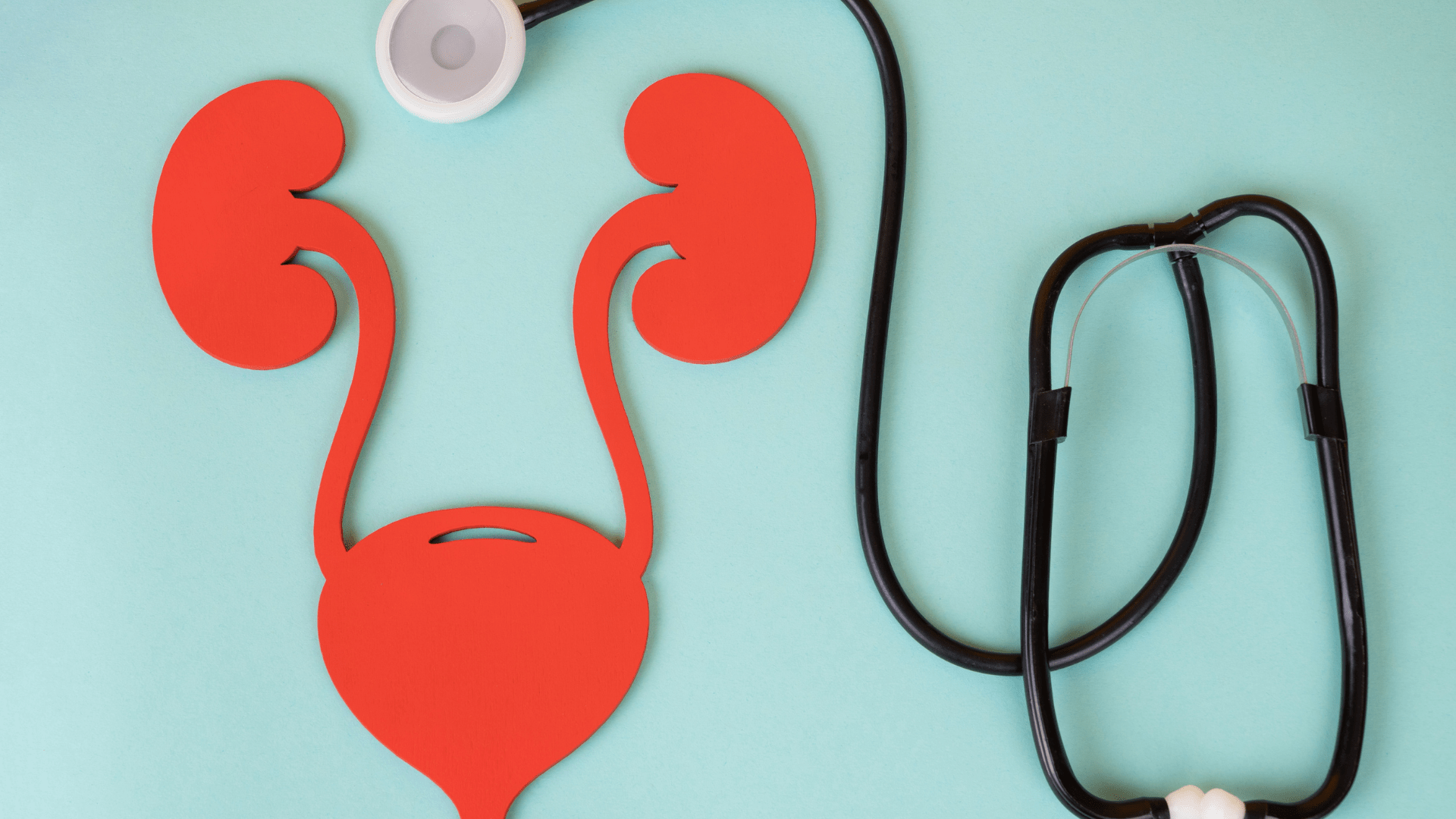The third trimester marks the final phase of your pregnancy, spanning from weeks 29 to 40, or months 7, 8, and 9. During this period, your baby continues to grow, develop, and position itself for birth.
As you enter the third trimester, you’re in the home stretch of your pregnancy. Although there are just a few more weeks to go, this phase can present its own set of challenges.
Fetal Development
During the third trimester, your baby experiences significant growth. By the end of this period, a full-term baby typically weighs between 19 and 21 inches and weighs between 6 and 9 pounds. Your baby starts to turn head-down in preparation for delivery. Around week 36, their head should move into your pelvic area (lightening). This downward-facing position is maintained for the final two weeks of pregnancy.
Throughout the third trimester, your baby achieves other important developmental milestones. They are able to open their eyes and see, hear sounds, suck on their thumb, cry, smile, and react to sounds. Brain development continues while the lungs and kidneys mature. Muscle tone increases, and the baby gains about 16% of body fat. The skull bones at the top are soft to facilitate an easier delivery. Most babies have blue eyes during this stage, which may change a few days or weeks after birth. In the case of male babies, the testes have descended into the scrotum. Nails are present on the toes and extend to the ends of the fingers. During this trimester, a protective coating called vernix caseosa covers your baby’s skin. The soft body hair known as lanugo starts to fall out and is almost gone by the end of week 40.

Changes in Your Body
The third trimester brings about several changes in your body as you approach the final stages of pregnancy. Here are some common experiences:
- Abdominal throbbing: As your baby grows, your abdomen becomes more crowded, leading to aches and discomfort. Finding a comfortable position while lying in bed can be challenging, and taking deep breaths may feel more difficult.
- Backache: The additional weight you’ve gained increases your back pressure, resulting in aches and soreness. Discomfort in your pelvis and hips can also occur as ligaments loosen in preparation for labor. Practicing good posture, using supportive chairs, sleeping on your side with a pillow between your legs, wearing comfortable shoes with good arch support, and using a heating pad can help alleviate back pain. Do not self-medicate but refer to your doctor before taking any medications, such as acetaminophen. Certain drugs harm the fetus.
- Bleeding: Light bleeding toward the end of pregnancy might indicate the onset of labor. However, spotting can also be a sign of serious issues like placenta previa (placenta completely or partially covering the opening of the uterus), placental abruption (partial or complete detachment of the placenta from the uterine wall), or preterm labor. It’s crucial to notify your doctor immediately if you notice any bleeding.
- Braxton-Hicks contractions: You may start experiencing mild contractions, often called Braxton-Hicks contractions. These contractions serve as “warm-ups” to prepare the uterus for labor. While they are typically less intense than actual labor contractions, they can feel similar and may eventually progress. One key difference is that real contractions become closer together and more intense over time. However, If your contractions make you red-faced or breathless, or if they occur regularly, contact your doctor.
- Breast enlargement and leaking: By the end of pregnancy, your breasts will have grown significantly, potentially increasing by up to 2 pounds, including your body weight. Wearing a supportive bra is essential to prevent strain on your back. Close to your due date, you may notice a yellowish fluid called colostrum leaking from your nipples. Colostrum is the first milk your baby will receive after birth.
- Vivid dreams: Hormonal changes during pregnancy can lead to more vivid dreams or even nightmares, disrupting your sleep.
- Clumsiness: The weight gain in your belly area can affect your balance, making you feel clumsy or out of balance. You may find yourself dropping things more frequently.
- Discharge: Vaginal discharge may increase during the third trimester. You may notice a thick, clear, or slightly blood-tinged discharge called the mucus plug close to your delivery date. This is a sign that your cervix is dilating in preparation for labor. If you experience a sudden rush of fluid, it may indicate that your water has broken.
- Fatigue: Carrying extra weight, frequent bathroom trips, and the overall physical and emotional strain of preparing for a baby can lead to increased fatigue. Eating healthy, exercising regularly, and taking breaks or naps when needed are important.zz
- Frequent urination: As your baby grows, the pressure on your bladder increases, resulting in more frequent urination. You may also experience urine leakage when coughing, sneezing, laughing, or exercising.
- Heartburn and constipation: Hormonal changes can relax the muscles in your esophagus, leading to heartburn. Constipation can also occur due to hormonal changes and the pressure of the growing uterus. Eating smaller, more frequent meals, avoiding certain foods, increasing fiber intake, and staying hydrated can help alleviate these symptoms.
- Hemorrhoids: Increased blood flow and the pressure of pregnancy can cause hemorrhoids, which are swollen veins around the anus. Soaking in a warm bath or using over-the-counter ointments or stool softeners may provide relief.
- Sciatica: Nerve pain, known as sciatica, that radiates from the lower back to the buttocks and down the leg may occur in the third trimester. This can be caused by hormonal changes or pressure from the growing baby. Gentle exercises, massage, or physical therapy can help alleviate the pain, which typically resolves after childbirth.
- Spider and varicose veins: Increased blood circulation during pregnancy can cause spider veins (tiny red veins) and varicose veins (swollen, blue, or purple veins) to appear on the skin. These usually fade or improve after delivery. Regular movement, wearing a support hose, and elevating your legs when sitting can help prevent the worsening of varicose veins.
- Stretch marks: Stretch marks may develop on your breasts, belly, thighs, or buttocks as your skin stretches during pregnancy. They vary in color and may fade over time.
- Swelling: Mild swelling, or edema, is common during pregnancy due to fluid retention. Elevating your feet and avoiding prolonged sitting or standing can help reduce swelling. However, sudden or severe swelling, particularly in the hands and face, could be a sign of preeclampsia and requires immediate medical attention.
Perinatal Care
During the last few months of your pregnancy, your healthcare provider may schedule more frequent check-ups for you. Starting around week 32, you might have appointments every two weeks; from week 36 onwards, they may become weekly. These check-ups are essential to ensure your and your baby’s well-being.
You’ll undergo screening tests for several conditions during these visits to ensure a healthy pregnancy. Here are some of the tests you can expect:
- Gestational diabetes: This is a type of diabetes that can develop during pregnancy. It’s important to identify and manage it promptly to maintain stable blood sugar levels and promote the delivery of a healthy baby. Your healthcare provider will guide you on treatment options and encourage you to adopt a healthy lifestyle.
- Iron deficiency anemia: This condition occurs when your body lacks enough healthy red blood cells to carry sufficient oxygen to your tissues. Anemia can leave you feeling excessively tired and exhausted. To address this, you may need to take iron supplements as your healthcare provider advises.
- Group B streptococcus: Group B strep is a type of bacteria that can reside in your vagina or rectum. It ranks first in neonatal sepsis and postpartum septicemia. If transmitted to your baby during birth, it can lead to a serious infection. Your healthcare provider will test for group B strep to protect your baby. If the test is positive, they will recommend antibiotics during labor.

In addition to these tests, your healthcare provider will monitor your baby’s size, heart rate, and position. They will also inquire about your baby’s movements towards the end of your pregnancy. This information helps ensure that your baby is growing well and in the correct position for delivery. Your healthcare provider may also discuss your preferences for labor and pain management as you prepare for the delivery of your baby.
Conclusion
There are, however, certain complications that require swift medical attention. They include:
Intense abdominal pain, extreme nauseousness or vomiting, Bleeding, severe vertigo (dizziness), Having a painful or burning urinating, Too little weight gain or rapid weight gain (greater than 6.5 pounds per month
Any concerns or unusual symptoms during pregnancy should be discussed with your healthcare provider.
References
FAQs
- How can I relieve backaches and discomfort during the third trimester?
A: Using proper posture, practicing gentle exercises, using supportive pillows, applying heat or cold packs, and seeking prenatal massages can help alleviate backaches and discomfort. - Are there any precautions I should take during the third trimester?
A: It is important to avoid heavy lifting, strenuous activities, high-impact exercises, and contact sports. Additionally, following a balanced diet and attending regular prenatal check-ups are crucial. - Can I continue exercising during the third trimester?
A: Yes, most women can continue exercising during the third trimester with modifications. Low-impact exercises like walking, swimming, and prenatal yoga are generally safe and beneficial. - How can I manage leg and ankle swelling during the third trimester?
A: To manage swelling, it is recommended to elevate the legs, avoid standing or sitting for prolonged periods, wear comfortable shoes, and drink plenty of water. - Is it normal to experience increased fetal movement during the third trimester?
A: Yes, fetal movement tends to increase during the third trimester. However, if you notice a significant decrease in fetal movement, contact your healthcare provider. - Can I travel during the third trimester?
A: It is generally safe to travel during the early part of the third trimester. However, it is important to consult with your healthcare provider, follow safety guidelines, and avoid long trips close to the due date. - What should I include in my birth plan during the third trimester?
A: Your birth plan should include preferences for pain management, positions for labor and delivery, who will be present during the birth, and any specific requests or cultural considerations. - How can I prepare for breastfeeding during the third trimester?
A: Attend breastfeeding classes, learn about proper latch and positioning, purchase necessary supplies such as nursing bras and breast pads, and discuss any concerns with a lactation consultant. - When should I start preparing for childbirth during the third trimester?
A: It is recommended to start childbirth preparation classes during the third trimester, typically around 32-34 weeks of pregnancy, to learn about the labor process and coping techniques. - How can I promote relaxation and better sleep during the third trimester?
A: Creating a bedtime routine, using supportive pillows, practicing relaxation techniques like deep breathing





